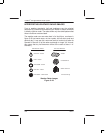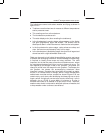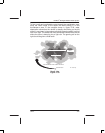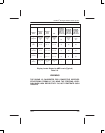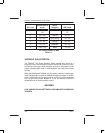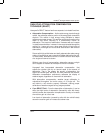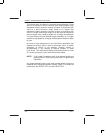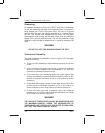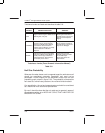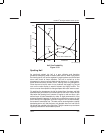
PRIMUS
R
660 Digital Weather Radar System
A28–1146–111
REV 2 5-31
Radar Facts
RAIN ECHO ATTENUATION COMPENSATION
TECHNIQUE (REACT)
Honeywell’s REACT feature has three separate, but related functions.
D Attenuation Compensation – As the radar energy travels through
rainfall, the raindrops reflect a portion of the energy back toward the
airplane. This results in less energy being available to detect
raindrops at greater ranges. This process continues throughout the
depth of the storm, resulting in a phenomenon known as
attenuation. The amount of attenuation increases with an increase
in rainfall rate and with an increase in the range traveled through the
rainfall (i.e., heavy rain over a large area results in high levels of
attenuation, while light rain over a small area results in low levels of
attenuation).
Storms with high rainfall rates can totally attenuate the radar energy
making it impossible to see a second cell hidden behind the first cell.
In some cases, attenuation can be so extreme that the total depth
of a single cell cannot be shown.
Without some form of compensation, attenuation causes a single
cell to appear to weaken as the depth of the cell increases.
Honeywell has incorporated attenuation compensation that
adjusts the receiver gain by an amount equal to the amount of
attenuation. That is, the greater the amount of attenuation, the
higher the receiver gain and thus, the more sensitive the receiver.
Attenuation compensation continuously calibrates the display of
weather targets, regardless of the amount of attenuation.
With attenuation compensation, weather target calibration is
maintained throughout the entire range of a single cell. The
cell behind a cell remains properly calibrated, making proper
calibration of weather targets at long ranges possible.
D Cyan REACT Field – From the description of attenuation, it can be
seen that high levels of attenuation (caused by cells with heavy
rainfall) causes the attenuation compensation circuitry to increase
the receiver gain at a fast rate.
Low levels of attenuation (caused by cells with low rainfall rates)
cause the receiver gain to increase at a slower rate.




